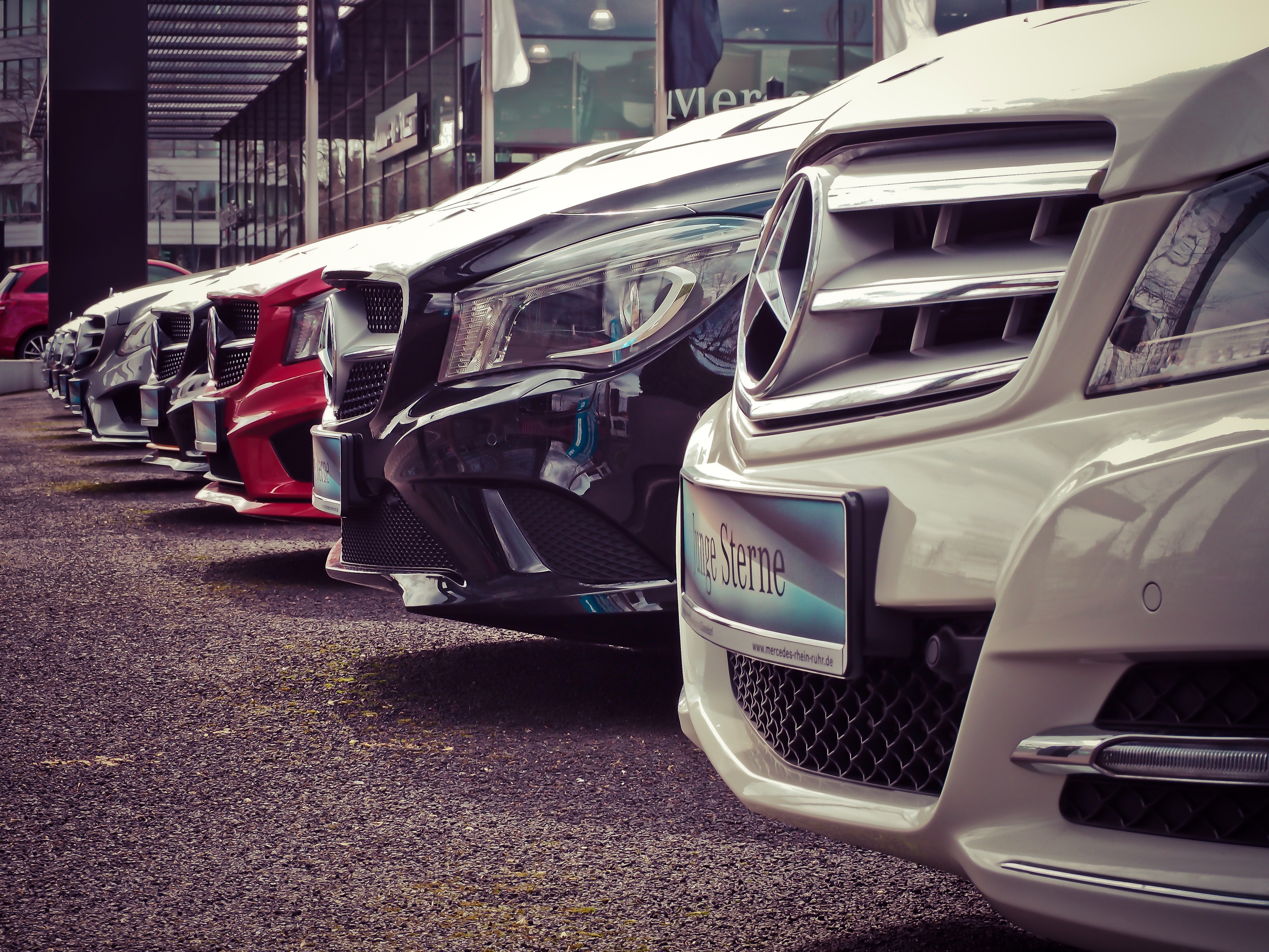
 All new vehicles sold within the EU from 2022 onwards will have to be fitted with several advanced safety systems, the main of which a built-in speed limiter.
All new vehicles sold within the EU from 2022 onwards will have to be fitted with several advanced safety systems, the main of which a built-in speed limiter.
This is intended to combat the rising levels of speed and distraction-related road accidents, with hope to reduce road casualties by 140,000 by 2038, and to completely eliminate road deaths by 2050.
These rules will apply in the UK despite the outcome of Brexit, according to the Department of Transport. The announcement has been praised by road safety charities, and the ETSC which say it has the potential to reduce collisions by 30% and save 25,000 lives within 15 years.
However, the AA has shown some concern over the practicality in road situations, such as the chance to boost speed often helping drivers when overtaking.
The intelligent speed assistance (ISA) software includes a speed limiter, advanced emergency braking systems, and lane departure warnings, along with detection of driver distraction and drowsiness.
Get your dash cam with nationwide mobile installation today
How Does A Speed Limiter Work?
Intelligent speed assistance doesn’t automatically apply the brakes. However, it does limit the engine power and prevents acceleration past the set speed limit
It ensures that the speed of the vehicle is automatically adjusted by using a “speed sign-recognition camera and/or GPS-linked speed limit data,” according to the European Transport Safety Council (ETSC).
However, in regards to the AAs concerns, there will be a manual override option so that the driver can remain in control of the vehicle’s speed if necessary.
If disabled, the system will continue to display a visual speed limit warning, along with an audible alert for a period of time after exceeding the areas limit.
When enabled, the driver still holds responsibility for the vehicle and will continue to be liable for any speeding offences committed.

Distracted and Drunk Driving
An alcohol interlock system to prevent drunk driving will also become a requirement, with the driver having to blow into a built-in breathalyser in order to start the vehicle.
Distraction monitoring cameras will be used inside the car to detect when the driver is distracted or tired. This will trigger the same audible and visual warnings as the ISA system in order to regain the drivers’ attention on the road.
What Else?
Other safety features which will be made compulsory are advanced automatic emergency braking systems, and emergency stop signal, a rear-view camera or parking sensor, and an accident data recorder.
Matthew Avery, director of Thatcham Research, said the new legislation is “great news for road safety, because about 15% of fatalities involve speeding.” However, he pointed out that Thatcham tests show that speed-limit-recognition technology is currently only 85% effective, with this primarily down to poor road signing.
Click here to see our full range of dash cams and installation options
Alternatively, get in touch using the form below to speak to one of our team to find the best option for you.
Error: Contact form not found.




